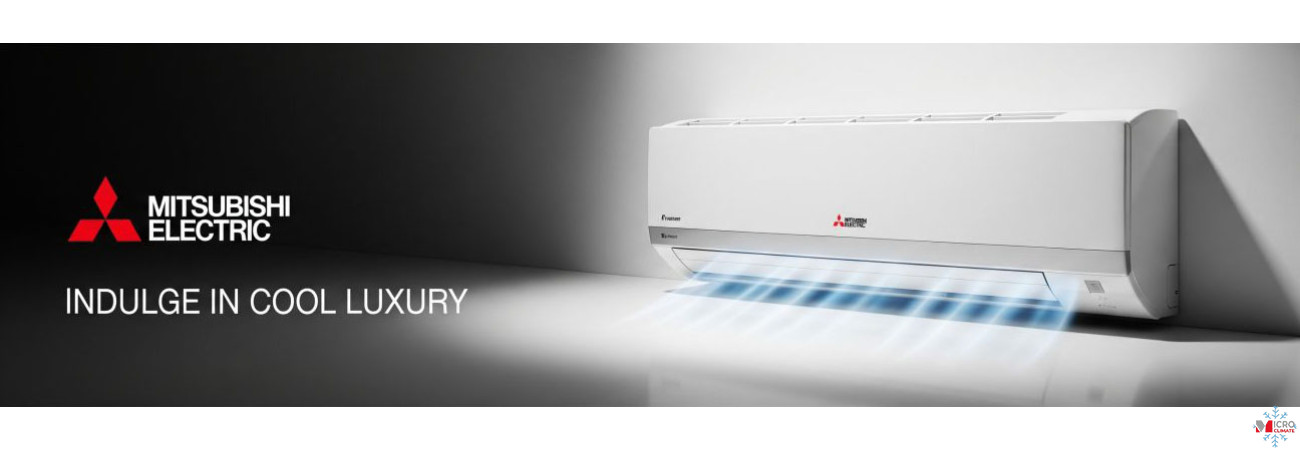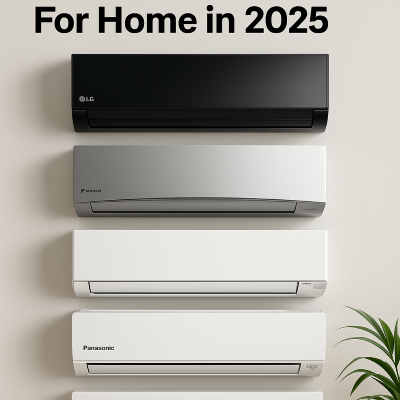
Noise is one of the most common complaints about air conditioning in offices and residential buildings.
Fortunately, modern HVAC systems — when properly designed and maintained — can operate nearly silently.
Here’s how engineers and installers achieve optimal acoustic comfort without sacrificing performance.
1. Choose Low-Noise Equipment
The first step to noise control is selecting systems built with inverter compressors and EC fan motors.
Inverter technology eliminates start-stop cycling, reducing vibration and sound peaks.
Premium models such as Mitsubishi City Multi, Daikin SkyAir, and GREE U-Match operate as quietly as 19–24 dB(A) indoors.
2. Location and Mounting
Outdoor units should be installed on solid, level surfaces away from windows and quiet areas.
Use anti-vibration mounts and flexible connections to isolate mechanical vibration.
When possible, place condensers behind walls or decorative screens that allow airflow but diffuse sound.
3. Duct and Airflow Design
Poor duct design is a major source of noise.
To minimise turbulence and whistling:
-
Maintain air velocity under 6 m/s in main ducts and 4 m/s in branches.
-
Avoid sharp bends and undersized ducts.
-
Install acoustic flexible ducts or attenuators near diffusers.
Lined ducts with internal acoustic insulation (25–50 mm thickness) reduce transmission noise significantly.
4. Diffuser and Grille Selection
Select diffusers with aerodynamic vanes and low-resistance profiles.
For open-plan offices, swirl diffusers provide even air distribution with minimal sound pressure.
Check manufacturer noise ratings — aim for diffusers rated under 25 dB(A) at normal airflow.
5. Maintenance and Cleaning
Dirt buildup on fans or filters increases airflow resistance and sound levels.
Regular maintenance every six months ensures quiet operation.
Technicians should check fan bearings, belts, and motors for wear or imbalance.
6. Soundproofing and Room Acoustics
Walls, ceilings, and floors reflect sound.
Adding acoustic panels, carpets, and soft furnishings reduces reverberation.
In mechanical rooms, use acoustic doors and insulated enclosures to prevent transmission to adjacent areas.
7. Smart Control and Night Mode
Many modern systems include Quiet Mode or Night Setback Mode, automatically reducing fan speed and compressor frequency during low-load periods.
This lowers noise by 3–6 dB(A) without affecting comfort.
8. Verify During Commissioning
Use sound meters to measure indoor and outdoor levels during commissioning.
Adjust fan speeds and diffuser angles to achieve target values — typically below 45 dB(A) in offices and 35 dB(A) in residential spaces.
Conclusion
Achieving quiet air conditioning is a combination of smart design, proper installation, and regular maintenance.
By following these principles, businesses and homeowners can enjoy efficient climate control with minimal noise — ensuring comfort and productivity in any environment





